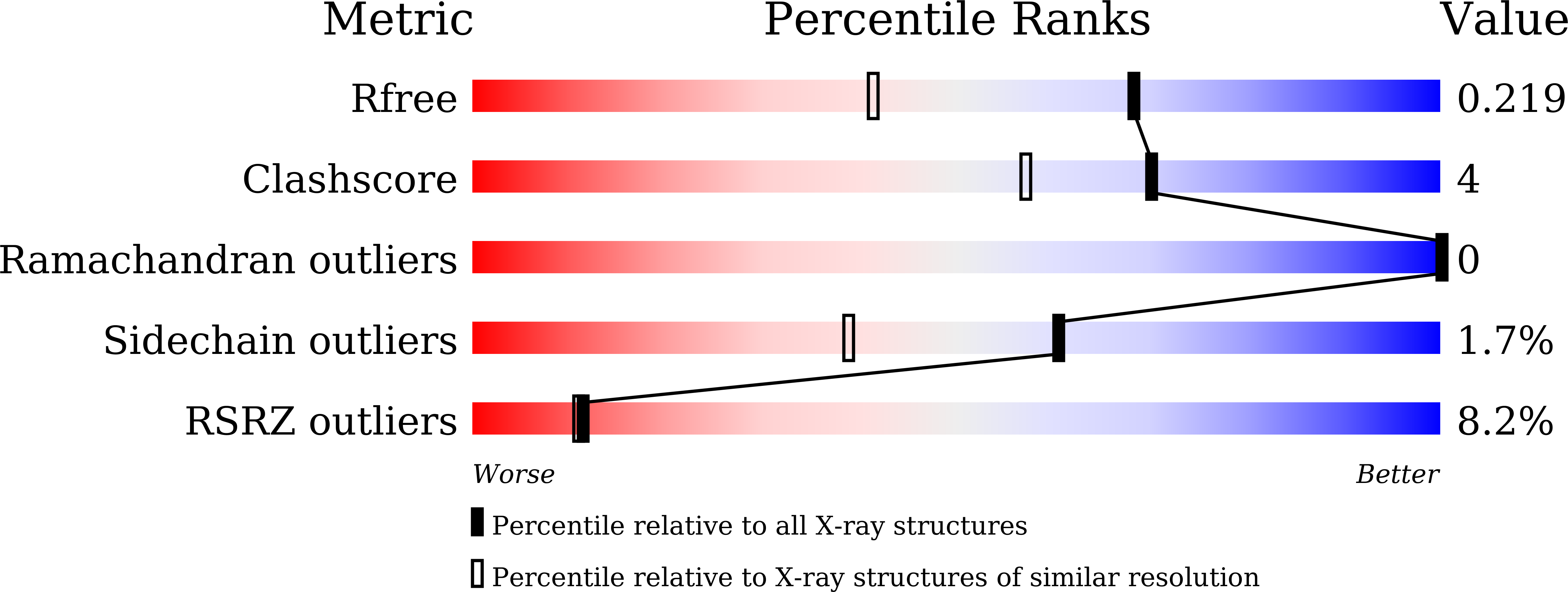
Deposition Date
2021-06-07
Release Date
2022-04-20
Last Version Date
2023-11-29
Entry Detail
PDB ID:
7F10
Keywords:
Title:
Crystal structure of NsrQ M128I in complex with substrate analogue 3
Biological Source:
Source Organism:
Aspergillus novofumigatus (Taxon ID: 340412)
Host Organism:
Method Details:
Experimental Method:
Resolution:
1.65 Å
R-Value Free:
0.22
R-Value Work:
0.19
R-Value Observed:
0.19
Space Group:
P 21 21 21


